Research

In terms of our documentary with Ian Cook we didn’t have to do a huge amount of research since it was more about the character and his art, juxtaposed with my initial idea with my cousin, since it would have been about him and the problems he faces as a rapper in Sweden. Meaning I would have to research the music industry in Sweden in a lot of detail. Before making the documentary, Anjani asked Ian Cook some questions about his business where we discovered a story that his ex-girlfriend bought him a toy car and she told him not to get paint on it. He ended up not listening to her and started painting with cars. This helped us because it assisted with the treatment, shot list, storyboard and questions.

We looked into his website as well and got an idea of his ethos. So what I have learnt is that without research on the subject the production becomes flat and not straightforward. As a filmmaker it’s important to know what message you want to put across, Susan Sontag theory suggests that an image can never be a true representation as it is just a shot of the moment and one perspective (Sontag, S. (1979) On photography. London, United Kingdom) Therefore, it gives us the artist the freedom to create a meaning.
Process and development
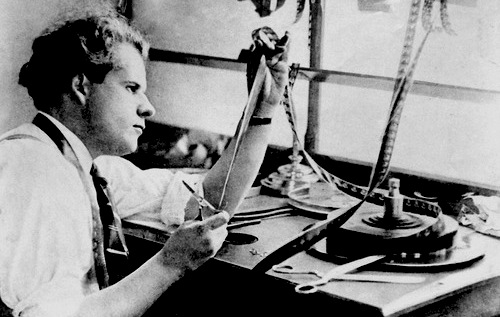
Sergei Eisenstein’s Strike has made me more aware of the power of cinema. The way he combines the shot of the people getting shot and the cow getting slaughtered creates a third meaning. This has given me inspiration to try and replicate something similar to that and to experiment.
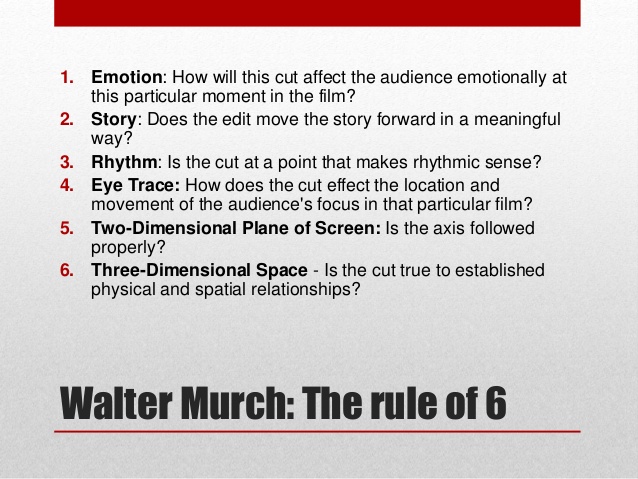
Researching editing techniques such as rule of 6 has taught me the importance of emotion. Without emotion no one will really feel the documentary, therefore during the production we did the best we could to put emphasis on that. While Ian Cook is talking about his work we planned on showing sequences of shots of his toy cars and the paint. In the final edit we wanted to add non diegetic sound of race cars at the beginning while having a panning shot of the shop to introduce the audience to his world.
In terms of production in the shot list we included references to the painting and cars. Whilst filming we wanted to capture as much colours as we could to put emphasis on the colours of the paint he was adding. Moreover, we also did a lot of tracking and panning shots to symbolise paint strokes.
Analysis
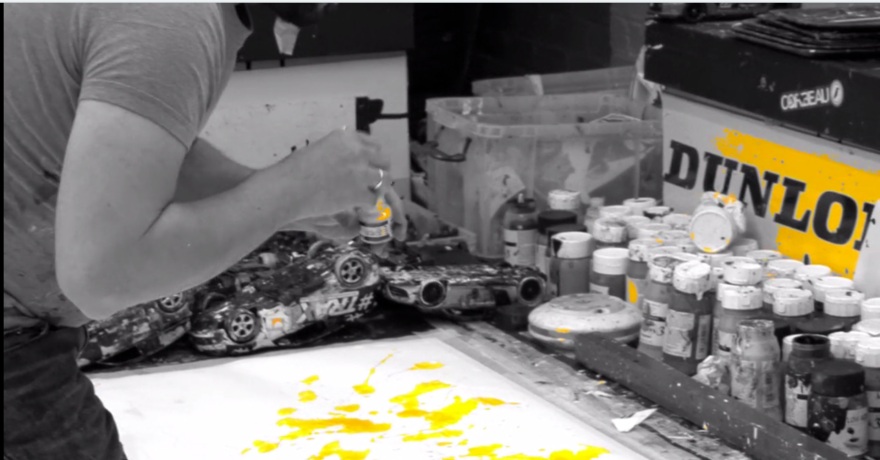
The shoot differed quite a bit from what we planned but not drastically. At first we wanted a lot of stable shots but on the day of the shoot we didn’t meet that expectation which meant we didn’t have the clean shots we wanted. We also wanted to use a camera, which was 60fps so that we could capture a nice slow motion close up of Ian throwing the paint. But because we didn’t have access to that we use a Sony video camera, which didn’t come, out well in the edit so we were forced to scrap that shot. Another element we wanted to use was music which would have been made by Liam, however when we looked at the edit we felt that it worked even without music, so we added the car sounds at the beginning.

Furthermore, we wanted a certain style and flow with the editing so we used a lot of panning shots to convey paint strokes. We also wanted to progressively add colour bit by bit to create a journey of the painting in our piece. Moreover we got the balance of close ups and longs shot that we wanted since our strategy was to take out 3 cameras and where one capture close ups of the shop while the capture long/mid shots. The third one was used to film Ian Cook while he was painting.
Evaluation


Overall I feel that this production was decent but there could have been a lot of improvements considering what I have learnt in terms of the theory aspect, which I feel we could have put more into practice.
However, although we didn’t meet a lot as a group, with all the meetings we had, everything was established clear enough therefore the preparations and the date for the shoot was clearly established. In addition to that, when we got into gear although there wasn’t a lot of passion during the production, we showed a good level of commitment as a team. We assigned ourselves with different roles and stuck to them to a decent standard and eventually got a lot of different variety of shots. With the final edit I feel it visually looked good and the black and white with the highlighted colours gives it a certain feel.
However I feel that the audio and the interview were poor. I was the one who interviewed Ian Cook with the questions we had we weren’t getting good answers. I tried to ask him interesting questions that that were personal in terms of where he came from and how his passion for the art came about. However, he seemed to half-heartedly answer the questions.
Overall I feel that through out this module I have learnt a lot of invaluable information and skills about documentary production through my research of the history, theory and the general production. Researching Vertov and reading about him, I have leant about the history of montage editing and he is someone who pioneered documentary. Learning this I have learnt why shots are selected and how to combine them to create something more.
I feel like I learnt more from the information I read and to be honest I don’t think we implemented a lot of the theory into our documentary. The main things that this production lacked was passion, proper planning and team cohesion as we didn’t communicate enough until the day of the shoot. However, I feel there are positives to take from this, which was documentary that came out pretty decent with decent ideas implemented. In the future I will ensure that the next documentary will be planned better and I work on a story that I feel strongly about.
Bibliography
https://theculturetrip.com/europe/russia/articles/sergei-eisenstein-s-montage-revolution/
Hicks, J. (no date) Dziga Vertov Defining Documentary Film.
Sontag, S. (1979) On photography. London, United Kingdom: Penguin, [1979].
http://videoandfilmmaker.com/wp/index.php/tutorials/film-editing-walter-murchs-rule-6/
http://writing.upenn.edu/library/Sontag-Susan-Photography.pdf

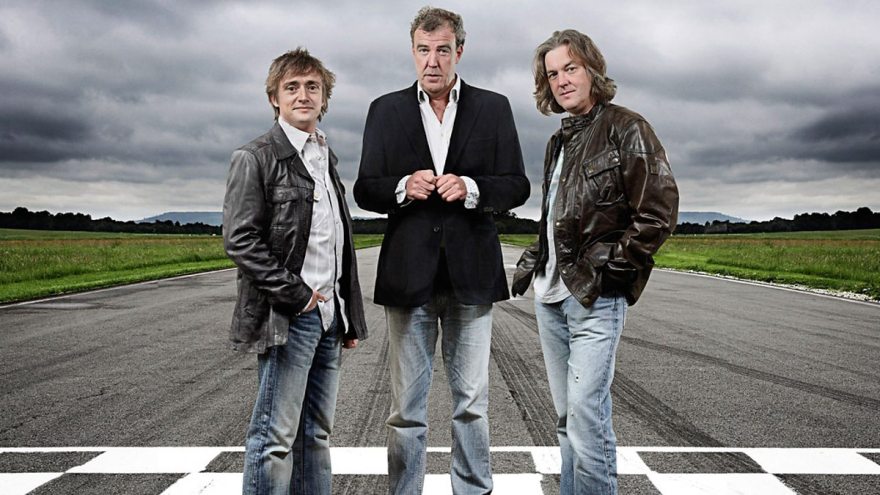 Top gear and The Graham Norton Show are both magazine tv shows and share a lot of differences and similarities. One of the things that both shows have in common is that they both have live audiences during their shows. However in top gear you can see the audience in all the shots whereas in Graham Norton show the audience are always behind the camera. Graham Norton has gone for a more conventional route whereas Top Gear includes the audience and tries to create a more inclusive show where the audience fully get to experience the content of the show.
Top gear and The Graham Norton Show are both magazine tv shows and share a lot of differences and similarities. One of the things that both shows have in common is that they both have live audiences during their shows. However in top gear you can see the audience in all the shots whereas in Graham Norton show the audience are always behind the camera. Graham Norton has gone for a more conventional route whereas Top Gear includes the audience and tries to create a more inclusive show where the audience fully get to experience the content of the show.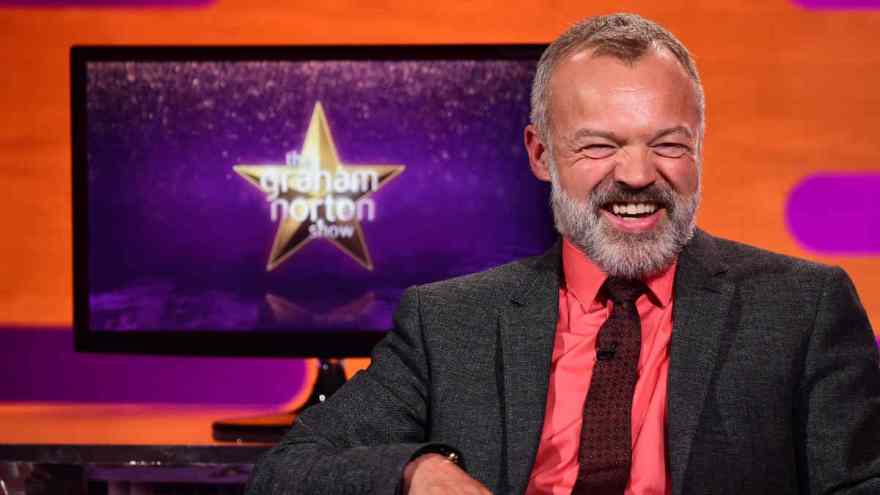
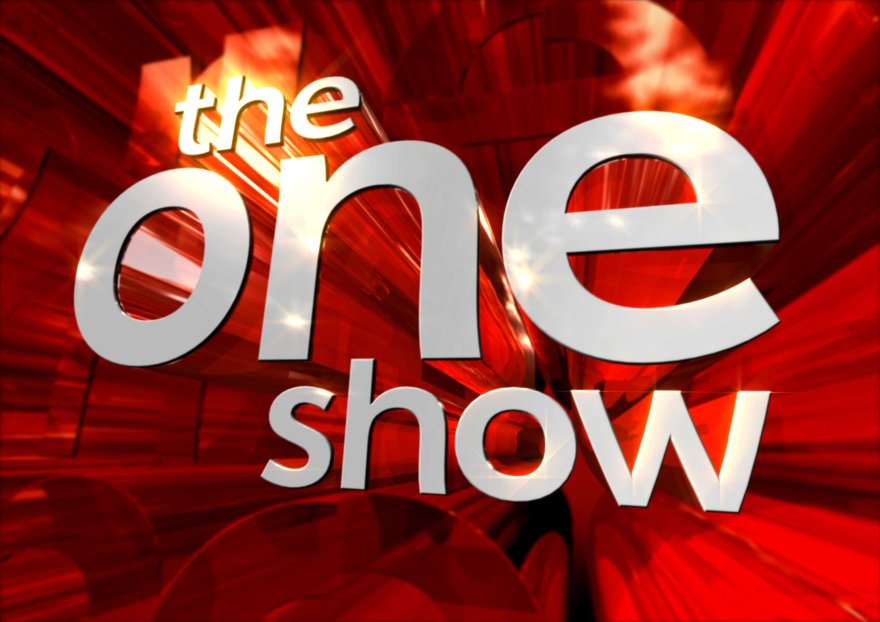 One show is the main magazine television show in BBC and launched in 2006. The content of the show is mostly things British related e.g. people stealing energy in British neighborhoods and acting schools in London.
One show is the main magazine television show in BBC and launched in 2006. The content of the show is mostly things British related e.g. people stealing energy in British neighborhoods and acting schools in London.